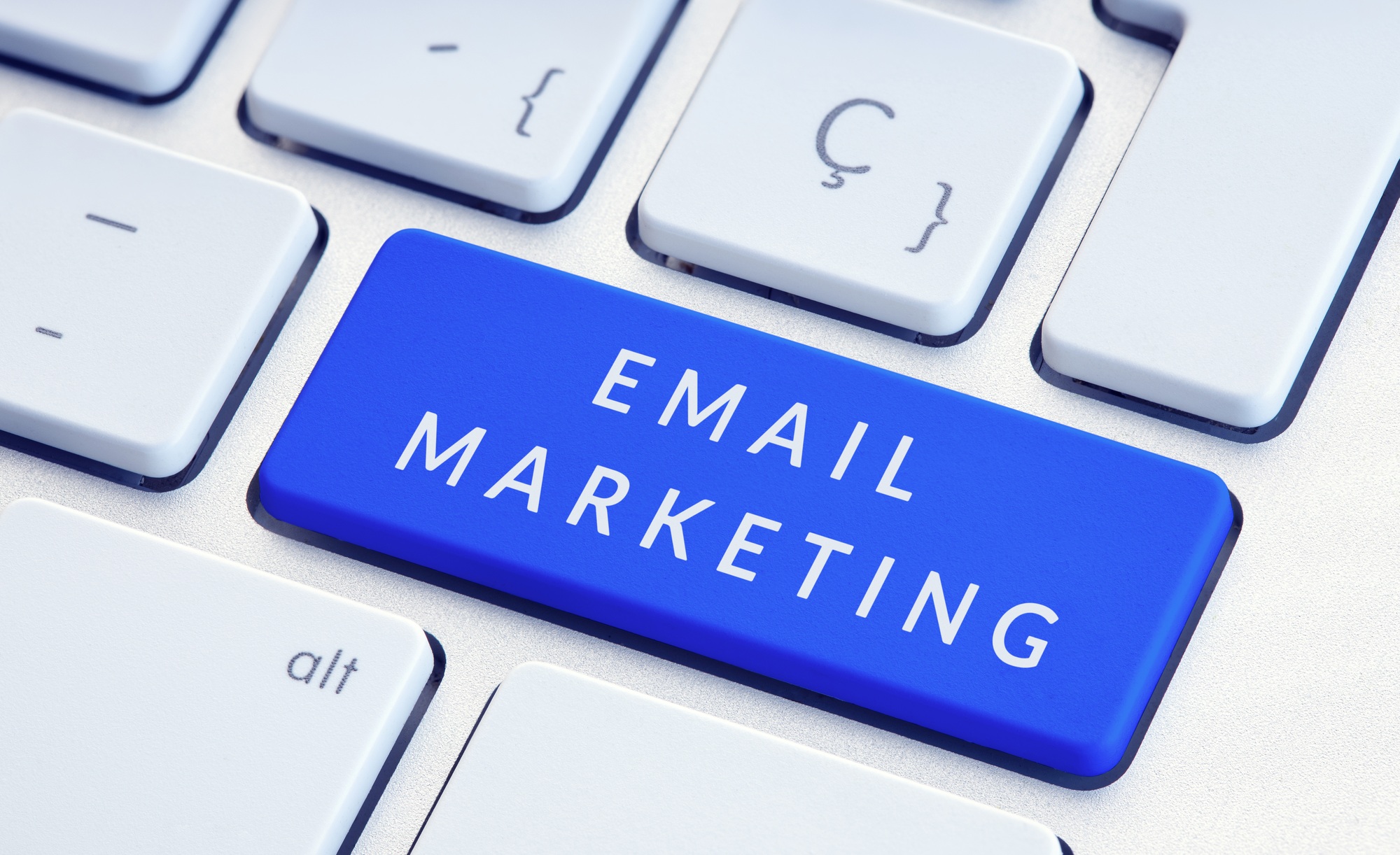Key Takeaways
- Streamlines Communication: Email marketing automation efficiently delivers targeted messages to your audience, saving time and improving engagement.
- Enhances Lead Nurturing: By segmenting your audience based on behavior and preferences, you can create personalized campaigns that drive conversions.
- Increases Efficiency: Automating repetitive tasks allows marketing teams to allocate resources to more strategic initiatives, enhancing overall productivity.
- Real-Time Analytics: Access to immediate reporting on key metrics helps refine strategies for improved marketing outcomes and effective decision-making.
- Personalization and Dynamic Content: Tailored emails that adapt to individual preferences significantly boost open and conversion rates, fostering deeper customer relationships.
- Leverage Best Practices: Craft engaging content and continuously analyze performance metrics to refine and optimize your email marketing efforts for better results.
In today’s fast-paced digital world, email marketing automation can be a game changer for your business. It allows you to connect with your audience on a personal level while saving you time and effort. Imagine sending targeted messages to your subscribers without lifting a finger, all while nurturing leads and boosting conversions.
By harnessing the power of automation, you can streamline your campaigns and deliver timely content that resonates with your audience. Whether you’re a small business owner or a marketing professional, understanding the ins and outs of email marketing automation is essential for staying ahead of the competition. Let’s dive into how you can leverage this powerful tool to enhance your marketing strategy and drive results.
Overview of Email Marketing Automation

Email marketing automation streamlines communication, allowing you to send targeted messages to your subscribers efficiently. This technology enables small businesses to automate repetitive tasks, such as welcome emails and follow-ups, enhancing your overall marketing strategy.
With email marketing automation, you can nurture leads effectively. When you segment your audience based on behavior or preferences, you can tailor your campaigns for maximum impact. Personalized messages increase engagement and drive conversions, ensuring your marketing efforts yield results.
Email automation tools offer various features, including analytics and reporting, to help you monitor performance. You can track open rates, click-through rates, and conversions, providing insights that guide your marketing decisions. Adopting email marketing automation not only saves time but also enhances your ability to connect with potential customers.
Benefits of Email Marketing Automation

Email marketing automation offers numerous advantages that significantly benefit your marketing efforts. Utilizing this technology streamlines processes, enhances targeting, and ultimately drives better results for your small business.
Increased Efficiency
Email marketing automation enhances the efficiency of your marketing and sales teams in critical ways:
- Automating Repetitive Tasks: Automation manages time-consuming tasks like email scheduling, social media posting, and lead scoring. This efficiency frees up team members to concentrate on strategic initiatives, such as campaign planning and creative development.
- Reducing Manual Effort: By automating processes, your team can focus on high-value tasks rather than spending time compiling email lists. This focus cultivates deeper relationships with customers and fosters effective engagement.
- Real-Time Analytics: Automation delivers real-time reporting, allowing you to monitor campaign performance and customer interaction instantly. Quick access to key metrics enables timely adjustments to strategies, resulting in improved marketing outcomes.
Improved Targeting and Segmentation
Email marketing automation enhances your ability to target and segment audiences effectively:
- Behavioral Segmentation: You can segment your audience based on behaviors and preferences, allowing for tailored messaging that resonates with specific groups.
- Personalized Campaigns: Automation enables personalized campaigns that nurture leads and engage customers throughout their journeys. Tailored messages based on user actions increase open and conversion rates.
- Dynamic Content: Utilize dynamic content within automated emails to cater to individual interests, leading to higher relevance and engagement. This practice ensures your messages capture attention and drive action, ultimately growing your small business’s customer base.
Key Features of Email Marketing Automation Tools

Email marketing automation tools include essential features that enhance your marketing efforts. Leveraging these tools improves engagement and drives sales for your small business.
Automated Workflows
- Automated workflows form the backbone of email marketing automation. You can trigger these workflows based on user actions, such as signing up for a newsletter, completing a purchase, or abandoning a shopping cart. Once configured, these workflows operate automatically, reducing manual effort and ensuring timely communication with customers.
Personalisation
- Personalisation in email marketing automation allows you to create dynamic content that adjusts to the recipient’s data, preferences, and behaviors. This targeted approach keeps your emails relevant and engaging, leading to higher open and conversion rates for your campaigns.
Segmentation
- Segmentation divides your email list into smaller, targeted groups based on criteria like demographics, past purchases, or engagement levels. By focusing on specific audience segments, your small business can tailor messaging for greater impact, boosting overall response rates.
Drip Campaigns
- Drip campaigns deliver a series of pre-scheduled emails to recipients over time. You can nurture leads through these campaigns, guiding them along the customer journey from awareness to conversion. This consistent engagement helps maintain interest and increases the likelihood of sales.
Behavior Tracking
- Behavior tracking monitors how recipients interact with your emails and web content. By analyzing this data, you gain insights into audience preferences and behaviors. This intel allows your small business to refine email strategies and optimize campaign performance for more effective marketing.
Popular Email Marketing Automation Platforms

Numerous email marketing automation platforms cater to small businesses and marketing professionals. Each platform offers unique features, making it essential to choose one that aligns with your specific needs.
Platform Comparison
- ActiveCampaign:
Best suited for small to medium businesses, marketing agencies, and content creators. It delivers advanced email and SMS marketing automation, machine learning insights, and robust CRM integration. ActiveCampaign allows for dynamic email personalization with conditional content, facilitates automated sales follow-ups, and includes lead scoring capabilities. With extensive integrations, it connects with over 850 tools and platforms.
- Mailchimp:
Designed for small to medium businesses, Mailchimp provides an easy-to-use interface with scalable tools. It offers basic email marketing features alongside automation capabilities suitable for growing businesses. Its user-friendly design makes it simple to launch campaigns quickly, even for those without extensive technical knowledge.
Pricing Plans
| Platform | Plan | Price | Subscriber Limit |
|---|---|---|---|
| ActiveCampaign | Lite | $15/month | Up to 1,000 subscribers |
| ActiveCampaign | Plus | $49/month | Up to 1,000 subscribers |
| ActiveCampaign | Professional | $149/month | Up to 2,500 subscribers |
| ActiveCampaign | Enterprise | $259/month | Up to 2,500 subscribers |
| Mailchimp | Pricing tiers vary based on subscriber count and features | Contact for details | Varies based on user needs |
Select the platform that best supports your marketing efforts and helps your small business thrive through effective email automation.
Best Practices for Implementing Email Marketing Automation
Implementing email marketing automation requires following specific best practices to optimize effectiveness. Concentrating on quality content and analyzing performance metrics ensures campaigns resonate with your audience.
Crafting Engaging Content
Craft content that captivates your audience. Abide by best practices for personalization by using recipient names and referencing their past interactions. Align messages with audience interests and ensure your emails provide value, such as promotions or educational content. Utilize dynamic content that adapts to user preferences, enhancing engagement and increasing the likelihood of conversions. Additionally, employ compelling subject lines that encourage opens and communicate clear calls to action that prompt desired responses.
Analyzing Performance Metrics
Analyze key performance metrics to assess the success of your email campaigns. Monitor open rates, click-through rates, and conversion rates to gauge audience engagement. Segment data based on demographics or user behavior to identify trends and make informed adjustments. Utilize analytics provided by your email marketing tool to optimize future campaigns, ensuring your strategies continually improve and drive results for your small business. Regularly review these metrics to refine your approach, enhancing your marketing efforts and maximizing return on investment.
Conclusion

Embracing email marketing automation can transform your marketing efforts and drive meaningful connections with your audience. By streamlining communication and leveraging targeted messaging, you’ll not only save time but also enhance engagement and conversions.
Utilizing the right tools allows you to focus on strategy while automation handles repetitive tasks. With insights from analytics, you can continually refine your campaigns for better results.
As you explore the world of email marketing automation, remember that personalization and segmentation are key. Tailoring your content to meet the needs of your audience will set you apart and contribute to your business’s growth. Start implementing these strategies today and watch your marketing efforts flourish.
Frequently Asked Questions

What is email marketing automation?
Email marketing automation is a technology that streamlines the process of sending personalized and targeted emails to subscribers. It allows businesses to automate repetitive tasks, such as welcome emails and follow-ups, saving time while enhancing engagement and conversions.
How does email marketing automation benefit businesses?
It helps businesses foster personal connections with audiences, improves efficiency by automating tasks, enables targeted messaging, and provides real-time analytics for campaign performance, ultimately leading to more effective marketing strategies.
Can small businesses use email marketing automation?
Yes, small businesses can greatly benefit from email marketing automation. It allows them to deliver tailored messages to their audience, nurture leads, and increase conversions without investing excessive time and resources.
What are the key features of email marketing automation tools?
Key features include automated workflows based on user actions, personalization for dynamic content, audience segmentation for targeted campaigns, drip campaigns for lead nurturing, and behavior tracking for performance insights.
Which email marketing automation platforms are recommended?
Popular platforms include ActiveCampaign and Mailchimp. ActiveCampaign is ideal for small to medium businesses needing advanced automation, while Mailchimp offers a user-friendly interface suitable for growing businesses.
What are some best practices for email marketing automation?
Best practices include crafting engaging content, utilizing personalization and dynamic content, writing compelling subject lines, and regularly analyzing performance metrics to refine strategies and maximize ROI.
Image Via Envato



